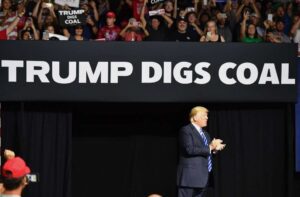There is growing speculation in solar industry circles that the solar multiplier will be dropped by the federal government, with Origin Energy adding its weight for calls for it to be wound back or removed. The Small Scale Renewable Energy scheme (SRES) multiplier, which once offered five renewable energy certificates for every one megawatt hour of electricity created, was wound back to three last year and is due to be reduced to two from July 1, and back to one next year.
Origin said in a presentation to a Macquarie Group conference on Wednesday that reductions in the SRES multiplier should be brought forward, noting that it had produced 45 million certificates in 2012, as against original predictions of 8 million in 2011. Origin says this cost $1.8 billion at $40/certificate, although industry sources say certificates have rarely traded at this level and are currently around $24. Only the ACT has prevented the retailers from passing on a cost of $40/certificate to their customers.
Nigel Morris, from Solar Business Services, wrote in his blog this week that pressure is being placed on the government from many quarters to reduce the multiplier, which he said would reduce the up-front discount on a 1.5kW PV systems of around $744. To put come context in the price impact of the SRES, he supplied this graph.
Meanwhile, Origin Energy has also pushed for changes to the Renewable Energy Target, arguing that it should reflect 20 per cent of actual production rather than forecast production.
CEO Grant King told the Macquarie Conference that if the RET were adjusted, and the small-scale generation included in the RET, it would reduce the energy required from renewables by 2020 to 27 terawatt hours from 45 terrawatt hours.
He said this would reduce costs passed on to consumers by “reducing requirements for expensive renewable energy generation” and for reducing requirements for peaking generation needed due to wind energy intermittency.)







